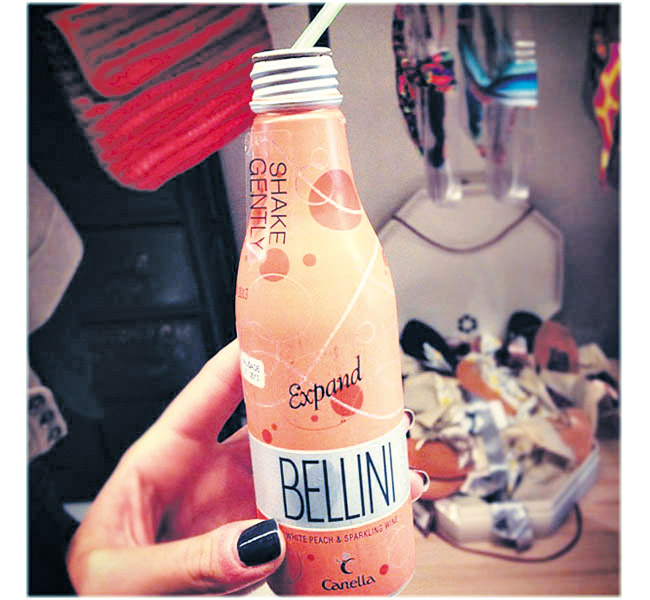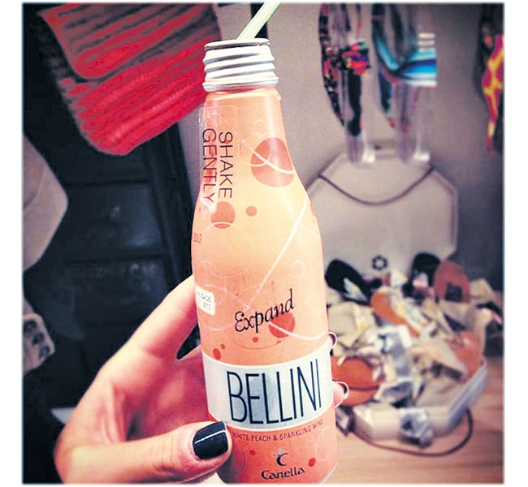Blending Adds Complexity To Wines
Have you ever had a wine and thought, “I think this would taste better if they added some Cabernet into it”? Have you ever wondered why there are so many traditionally blended wines such as Bordeaux, Chateauneuf du Pape, Champagne, Chianti, and even more in the New World? Is one better than the other?
Multiple grape varieties traditionally were grown in the same vineyards for two main reasons. First, different grapevines ripen at different times of the season. For instance, Cabernet Sauvignon and Cabernet Franc ripen later than Merlot. In some cases, it can be as much as two weeks later. There can be inclement weather during harvest. Rain and hail can wreak havoc. And if severe enough, it can take only an hour or two for hail to completely destroy a whole year’s crop.
So even a day can mean the whole world to a vigneron. In order to “hedge their bets,” vine growers planted several different grapes within their vineyards to assure themselves of a harvest. It was done out of necessity.
There also is the virtue of complexity in the wine when growing multiple grape varieties for one wine. Each grape variety has its intrinsic character, which, in all its glory, still could be missing something that could be added by blending with another. Take Cote Rotie, for instance. This small appellation in the Northern Rhone Valley is home to some of the steepest and rocky hillside vineyards in all of France. It is home to the noble red Syrah grape, but the appellation also allows for up to 20 percent of the white grape Viognier to be co-fermented into the wine. As beautiful as Syrah can be on its own, Viognier brings a more floral aromatic character to the wine. Interestingly, it also helps to deepen the color of the wine, something quite opposite to what one would expect when putting white together with red. This blending story repeats itself throughout many appellations in the Old World.
And today the New World is being even more precise in creating specific blends to cater to a particular flavor profile and customer. In this case, producers are customizing wines with many different grape blends in order to fulfill a niche or market. We all see the numerous “red blends” that range from Conundrum Red to Chateau Ste. Michelle Indian Wells Red. Sometimes the producers don’t even inform the consumer as to what the blend actually is. They take an “as long as you like it” approach. What began as tradition is now more a construction of a wine specific to a palate and a market.
But some might say that a monovariety wine is pure and more like a soloist rather than the orchestra, but that would be only “skin deep” – or perhaps I should say “label deep.” In many countries, including the U.S., when a label reads the name of a single variety, the wine can have up to 25 percent of any other grape type. Add to this (pun intended) that even though a wine may be 100 percent of a single variety, let’s say, Pinot Noir, it may come from multiple vineyard sites and/or clones of Pinot Noir. So that is the dark side of the single variety.
On the angelic side, when a variety shines on its own, it must have some intrinsically special character that makes it worthy of attention and truly a virtuoso soloist. Take, for instance, Grand Cru Burgundy, Grosses Gewachs Riesling, Grand Cru Alsace or Cru Baroli and Barbaresci (even Champagne). There is no monotony here. These are some of the wine world’s elite, if not the greatest. Despite being only one single culture of the vine, they display some of the most ethereal, complex and riveting aromatics and flavors in winedom.
It is easy to think that blending different grape varieties for a winemaker is much like an artist using multiple colors in a painting. And it’s true. But I think there also is genius in creating something with only one color – or grape, in this case – that can be just as compelling, if not more so. Lucky for us we need not exclude either from the table.
Recommendations: 2012 Twomey Sauvignon Blanc ($19) This is without a doubt the best vintage I have tasted from this project. It has such vibrant fruit and floral character with an underlying freshness that is much more Sancerre than New Zealand in nature. Canella Bellini Fusion ($5/200ml aluminum bottle) This take on the classic cocktail blend of Prosecco and Peach puree is delec-table! Anyone that loves Moscato d’Asti or any fruity drink will love this. rviernes@southernwine.com







